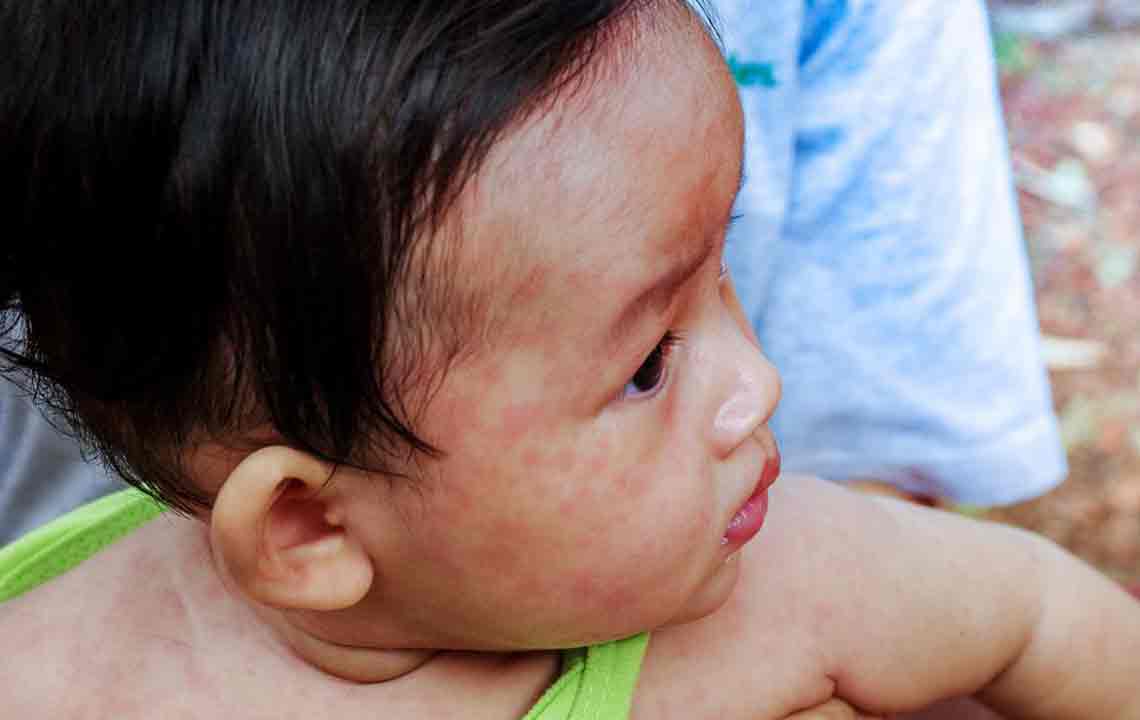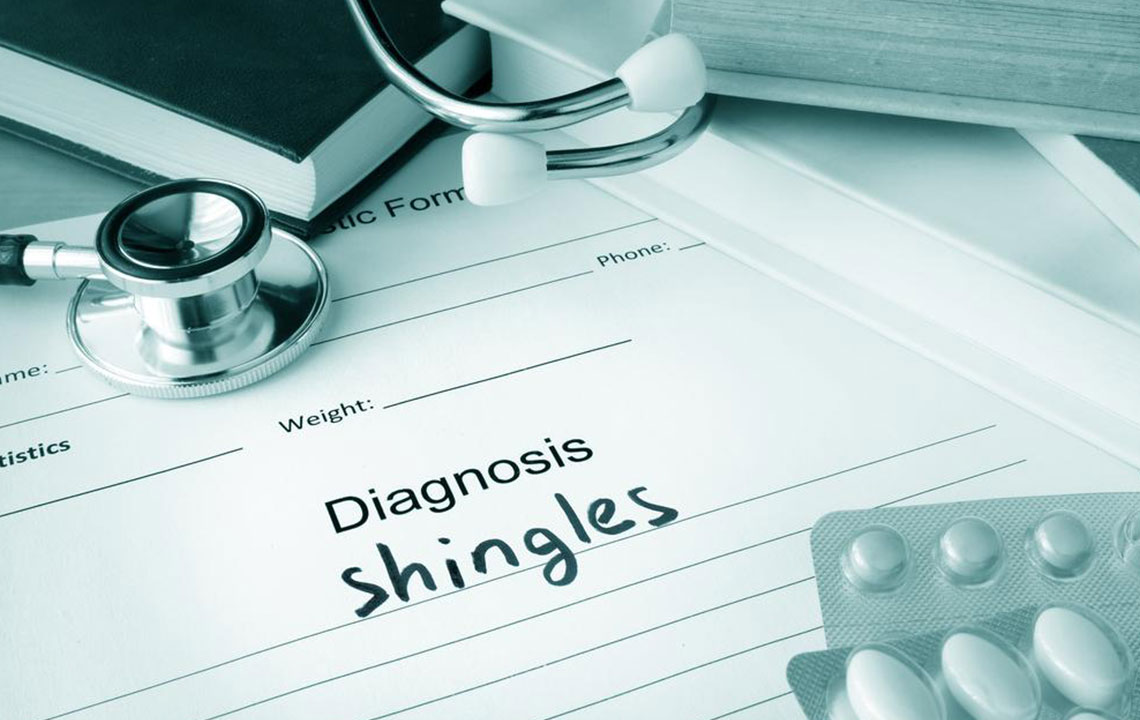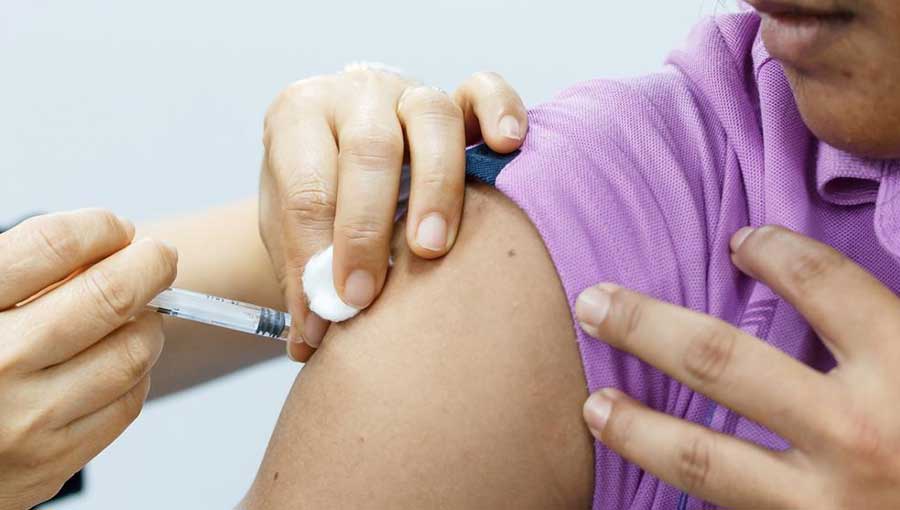Comprehensive Guide to Shingles: Causes, Symptoms, and Prevention Strategies
This comprehensive article explores the causes, symptoms, and prevention strategies for shingles, a painful condition caused by the reactivation of the varicella-zoster virus. It highlights risk factors like age and immune suppression, discusses early signs such as skin rashes and nerve pain, and emphasizes the importance of vaccination and early treatment to manage the disease effectively. Understanding shingles helps individuals take preventive actions and seek timely medical intervention to reduce complications and improve quality of life.

Understanding the Causes and Symptoms of Shingles
Shingles, also known as herpes zoster, is a painful skin condition caused by the reactivation of the varicella-zoster virus—the same virus responsible for chickenpox. After an individual recovers from chickenpox, the virus doesn't fully leave the body; instead, it lies dormant in the nerve tissue. Years or even decades later, under certain conditions, this dormant virus can become active again, leading to shingles. This reactivation results in a distinctive rash accompanied by nerve pain, which can be debilitating if not properly managed.
Despite advances in medical science, there is currently no complete cure for shingles. However, early treatment can significantly reduce the severity of symptoms and prevent complications. Understanding the underlying causes, recognizing early signs, and exploring effective prevention methods are essential for anyone at risk or experiencing symptoms of shingles.
Causes of Shingles
Reactivation of the dormant varicella-zoster virus residing in nerve tissue is the primary cause of shingles.
The exact trigger for reactivation is not fully understood, but a weakened immune system is believed to be a major factor influencing this process.
People over the age of 50 are more susceptible because immune function tends to decline with age, making it easier for the virus to reactivate.
Individuals with compromised immune systems—such as those with HIV/AIDS or undergoing cancer treatments—are at heightened risk.
Certain medications, especially immunosuppressants used after organ transplants or chemotherapy drugs, can increase susceptibility to shingles.
Pregnant women who have been exposed to chickenpox or shingles can pass the virus to their unborn children, although this is rare.
Chronic stress can weaken immune defenses, creating a conducive environment for the virus to reactivate.
Recognizing the Symptoms of Shingles
The onset of shingles usually begins with a burning sensation, tingling, or sharp pain localized to one side of the body or face, often in a band-like pattern.
Within a few days, a rash appears as red patches, which evolve into clusters of fluid-filled blisters.
These blisters eventually dry out and crust over, but new blisters may continue to form, prolonging the healing process.
Common areas affected include the torso, face, particularly around the eyes, and sometimes the neck or other regions.
Less common symptoms include mild fever, fatigue, headache, muscle aches, joint pain, sensitivity to light, nausea, and swollen lymph nodes.
In rare cases, shingles can lead to severe complications such as postherpetic neuralgia—a chronic nerve pain that persists after the rash heals—or more serious issues like brain inflammation (encephalitis) or pneumonia.
Effective Management and Prevention of Shingles
While there is currently no cure for shingles, antiviral medications like acyclovir, valacyclovir, and famciclovir are the mainstay treatments. When started early, typically within 72 hours of symptom appearance, these drugs can shorten illness duration and reduce pain.
Pain relief can be managed with analgesics, nerve block techniques, or topical agents such as capsaicin cream to alleviate nerve pain.
To prevent shingles, vaccination is highly recommended, especially for those aged 60 and above. The shingles vaccine significantly decreases the chance of developing the condition and its complications.
Maintaining a healthy immune system through proper nutrition, adequate sleep, and managing stress plays a vital role in reducing risk.
For immunocompromised individuals, healthcare providers may recommend the vaccine or other preventive approaches tailored to their health status.
Early detection and treatment are crucial. If you notice early signs of shingles, seek medical advice immediately to confer the best possible outcome.
In conclusion, understanding the causes, recognizing the early symptoms, and implementing effective preventive measures can significantly reduce the burden of shingles. With ongoing research and improved medical strategies, individuals at risk can better manage their health and avoid serious complications associated with this common viral reactivation.





